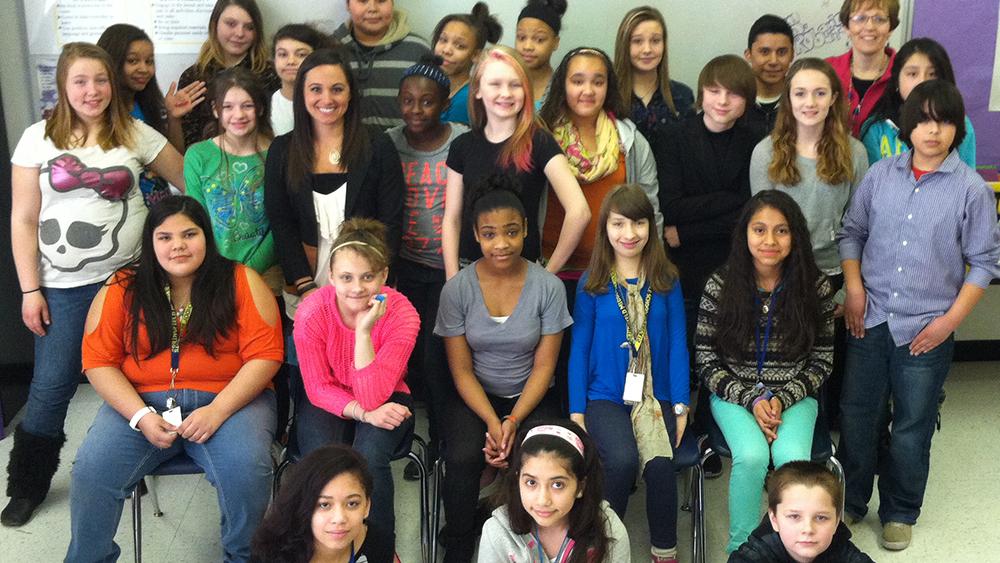I began my teaching career later in life than many other educators. I brought life experiences into the classroom that helped me realize that something was missing in my students’ lives. It seemed that school was just a place for them to bide their time~it didn’t have a purpose. For this reason, I continually looked for ways to engage my students. I grasped every opportunity to attend professional development courses. I was looking for “something” (at this point I was not sure what that was!).
In the Spring of 2011, I was made aware of a chance to attend training to assist me as a teacher. The hook to this training was that I’d receive a stipend AND money to use for a project in my classroom~I was in! When I walked into the classroom at Kellogg Community College in Battle Creek to attend the Fisher Training, I immediately knew that something was different. The energy level in the room was skyrocketing! The participants were actively engaged in the learning process.
This course was the beginning of my introduction to philanthropy education and the first plank in the bridge to connect my students with meaningful learning that would impact the local community. I could hardly contain my excitement as those three and a half days progressed. I knew immediately that this was something different and something that would make a difference in the lives of my students. However, I didn’t have a clue at the size of the impact this would have on my students.
During that school year, I introduced the concept to the 7th and 8th grade students I was working with. They learned about their community but most importantly, they learned that their community needed them! My classes developed projects based on their passions. They served in a local soup kitchen, raised money through a staff-versus-student basketball game and made Easter baskets for children at a homeless shelter. They realized that they had the ability to change the world around them.
Philanthropy education is now incorporated into how I operate my middle school English classroom. I have worked to develop ways to embed service-learning into my lessons. It’s not anything extra on my educational plate. It’s how I have to operate in my classroom to keep putting the planks on the bridge to the world that my students live and, will someday, work in. It builds relationships, which in turn helps students trust me, which then facilitates genuine work and learning in my classroom. My students feel that they have power and choice in their lives. As an added bonus, their standardized test scores have even increased.
Service-learning has also transformed me as an educator. I am beginning my fifth year of embedding lessons from Learning to Give into the content I teach. I am passionate about the importance of giving my students the confidence and power to make a difference in their world. In fact, at the beginning of each school year I make a promise to my students that I work very hard to keep: “I will never give you busy work in my class. Everything you do in here will connect you to your future life as a productive citizen in your community.” I could not keep this promise without the use of philanthropy education that builds skills in my students that make them become who they were meant to be in the future.
